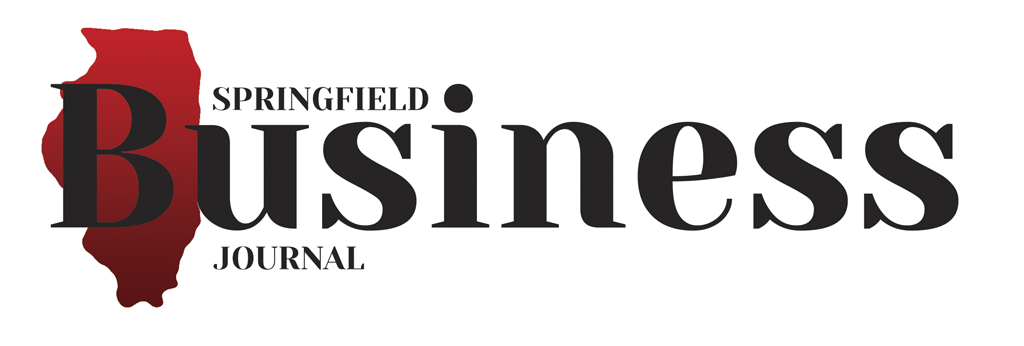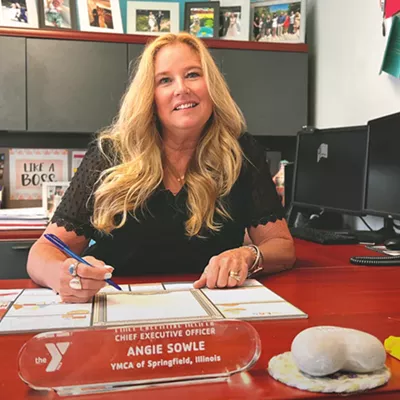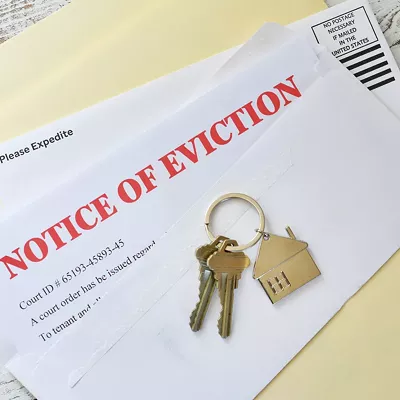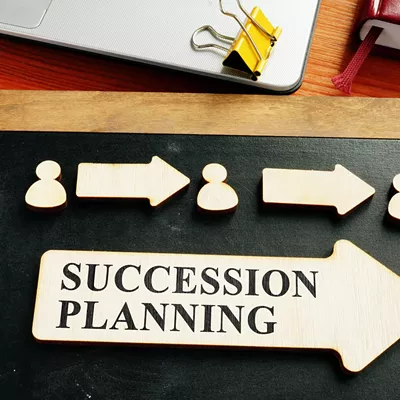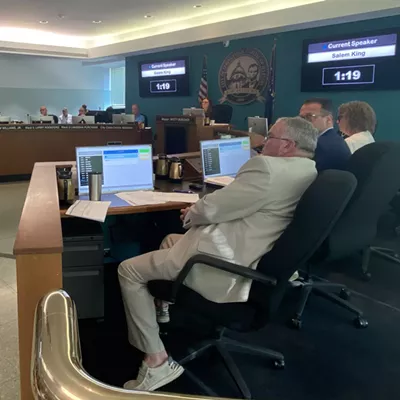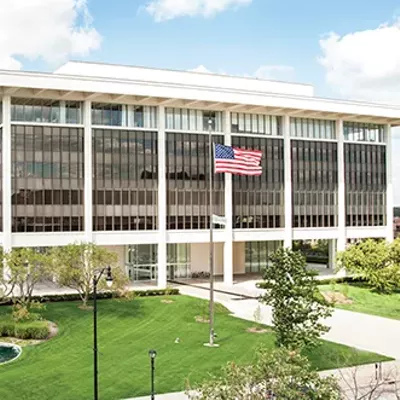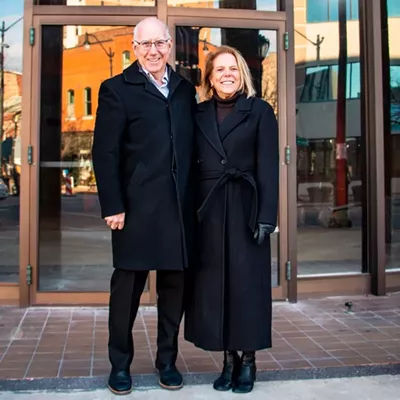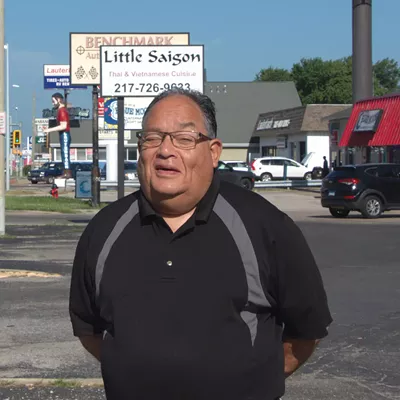By Sarah Delano Pavlik, Delano Law Offices, LLC
There is no denying that college football is big business. The clear leader is the University of Texas which, according to ESPN, made a $77.9 million profit in 2012 and which, according to Forbes, is worth $139 million. Other top value football programs according to Forbes include Notre Dame ($117 million), Alabama ($110 million), LSU ($105 million) and Michigan ($100 million). And these values are very low according to a report in the Indianapolis Business Journal, which reports the Texas program as being worth $875 million.
According to CBS Sports, “‘Revenues derived from college athletics are greater than the aggregate revenues of the NBA and the NHL,’” said Marc Edelman, an associate professor at City University of New York who specializes in sports and antitrust law. He also noted that Alabama’s athletic revenues last year, which totaled $143 million, exceeded those of all 30 NHL teams and 25 of the 30 NBA teams.”
So what do the universities do with all this money? Some of it goes to support all the other athletic programs which do not make any money. Some of it goes to scholarships. Some of it goes into the general fund. It depends on the university. The one place it doesn’t go (legally) is to the players. NCAA rules provide that student athletes may receive scholarships covering tuition, fees, room, board, books and supplies only. In 2011 the NCAA passed a rule allowing schools to also give athletes $2,000 annual stipends. However, that rule was overridden by member schools later that year.
Nevertheless, there is a strong movement to compensate players more. NCAA President Mark Emmert, Pac-12 Conference Commissioner Larry Scott and Notre Dame coach Brian Kelly, among others, have both come out in favor of giving the players stipends. According to Mr. Emmert, the amount would be between $2,000 and $5,000 and would be to cover costs of attending the university such as travel that are not included in the current scholarship limits. He says it would not be paying the players. “It’s been called a $2,000 stipend, but it’s really just the full cost of attendance. It is not in any way paying players to play games. But it is covering the legitimate real cost of being a student athlete. We want to do that, and we have the flexibility to make that decision,” he said.
Awarding stipends is complicated. Who should receive them, all athletes or just the football and basketball players? How much should they be? Should they be need-based? These are some of the questions that have delayed implementation. In addition, some universities claim they can’t afford them. Many schools don’t earn a fraction of what Texas and Notre Dame earn for their football programs.
While the NCAA has been debating these issues, football players at Northwestern University in Chicago have gone another route. Through the College Athletes Players Association they submitted a petition to the National Labor Relations Board. In March the NLRB ruled that the players are university employees, and, therefore, could unionize. The ruling was based in part on the amount of time the players spent on football (up to 50 hours a week), the fact that the university controlled almost all aspects of their lives, and the fact that football was not related to their academics.
Northwestern has said it will appeal the ruling to the full NLRB in Washington, D.C., but in the meantime the Northwestern players are free to take a secret ballot election to determine if they should unionize. Right now, the players are not seeking salaries but are asking for increased scholarships, coverage for sports-related medical expenses, and similar other items. They also want to be compensated for the use of their images in video games and for jersey sales.
If the Northwestern players form a union, the university could refuse to engage in collective bargaining with them, which would put the matter into the courts. Even if the players are ultimately successful, their victory will not apply to other football programs. The NLRB ruling applies only to football players at Northwestern. It could be extended to other private schools, but it cannot be extended to state schools which are governed by state labor laws. Ultimately, the matter could be decided by Congress because of the antitrust issues involved. U.S. Sen. Lamar Alexander of Tennessee is one lawmaker who is against player unions. “Imagine a university’s basketball players striking before a Sweet Sixteen game demanding shorter practices, bigger dorm rooms, better food and no classes before 11 a.m. This is an absurd decision that will destroy intercollegiate athletics as we know it,” he said.
Meanwhile, player compensation is also being addressed in the courts. Ed O’Bannon, who played basketball at UCLA, has filed a federal lawsuit in California against the NCAA seeking to lift the restriction that prevents a player from selling rights to his name, image and likeness. The judge in the O’Bannon case recently ruled that case could proceed to trial in June of this year. Similarly, antitrust lawyer Jeffrey Kessler has filed a lawsuit in a federal court in New Jersey essentially asking that all restrictions on player compensation be removed.
How this all shakes out will have repercussions across college sports. Will paying football players and men’s basketball players (the only profitable sports programs) violate Title IX (the federal law requiring, among other things, equal opportunities for female athletes)? Will smaller schools not be able to compete for lack of funds? Will college teams have salary caps? We can’t predict what will happen in college sports, except that some sort of change seems to be inevitable.
Sarah Delano Pavlik is an attorney from Springfield.
